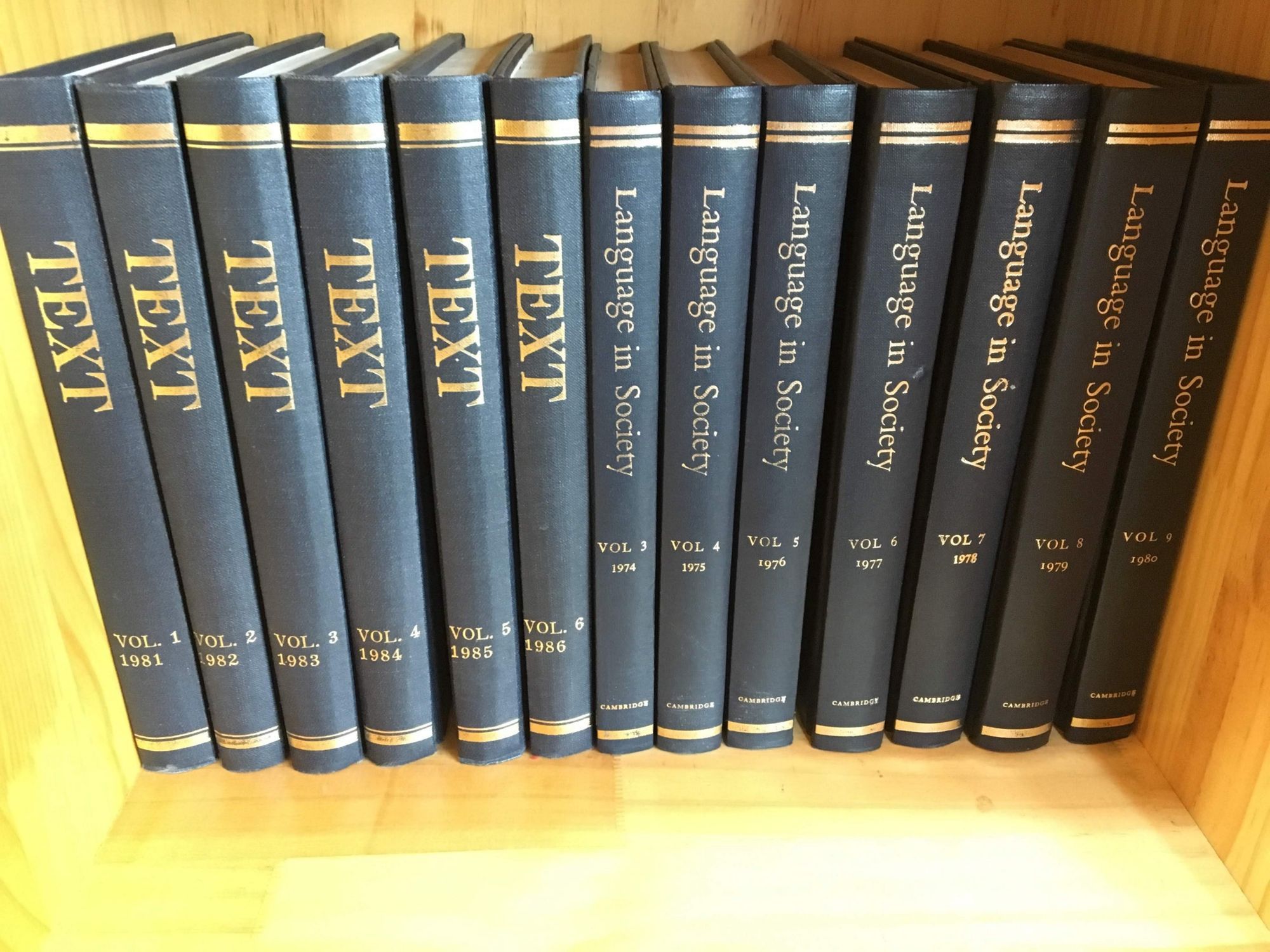Abstract of my Master of Philosophy Thesis
Hi, finally I am doing my thesis defence, which will be the end of my study in HKUST.
This is the abstract and everyone is welcome to join!
Date & Time: July 30th, 2018, 10am
Venue: Room 2404 (Lift 17–18), 2F Academic Building, HKUST
It is important for machines to interpret human emotions properly for better human-machine communications, as emotion is an essential part of human-to-human communications. One aspect of emotion is reflected in the language we use. How to represent emotions in texts is a challenge in natural language processing (NLP). Although continuous vector representations like word2vec have become the new norm for NLP problems, their limitations are that they do not take emotions into consideration and can unintentionally contain bias toward certain identities like different genders.
This thesis focuses on improving existing representations in both word and sentence levels by explicitly taking emotions inside text and model bias into account in their training process. Our improved representations can help to build more robust machine learning models for affect-related text classification like sentiment/emotion analysis and abusive language detection.
We first propose representations called emotional word vectors (EVEC), which is learned from a convolutional neural network model with an emotion-labeled corpus, which is constructed using hashtags. Secondly, we extend to learning sentence-level representations by training a bidirectional Long Short-Term Memory model with a huge corpus of texts with the pseudo task of recognizing emojis. We evaluate both representations by performing both qualitative and quantitative analysis and also report high-ranked results in the Semantic Evaluation (SemEval2018) competition. Our results show that, with the representations trained from millions of tweets with weakly supervised labels such as hashtags and emojis, we can solve sentiment/emotion analysis tasks more effectively.
Lastly, as examples of model bias in representations of existing approaches, we explore a specific problem of automatic detection of abusive language (also known as hate speech). We address the issue of gender bias in various neural network models by conducting experiments to measure and reduce those biases in the representations in order to build more robust classification models.

